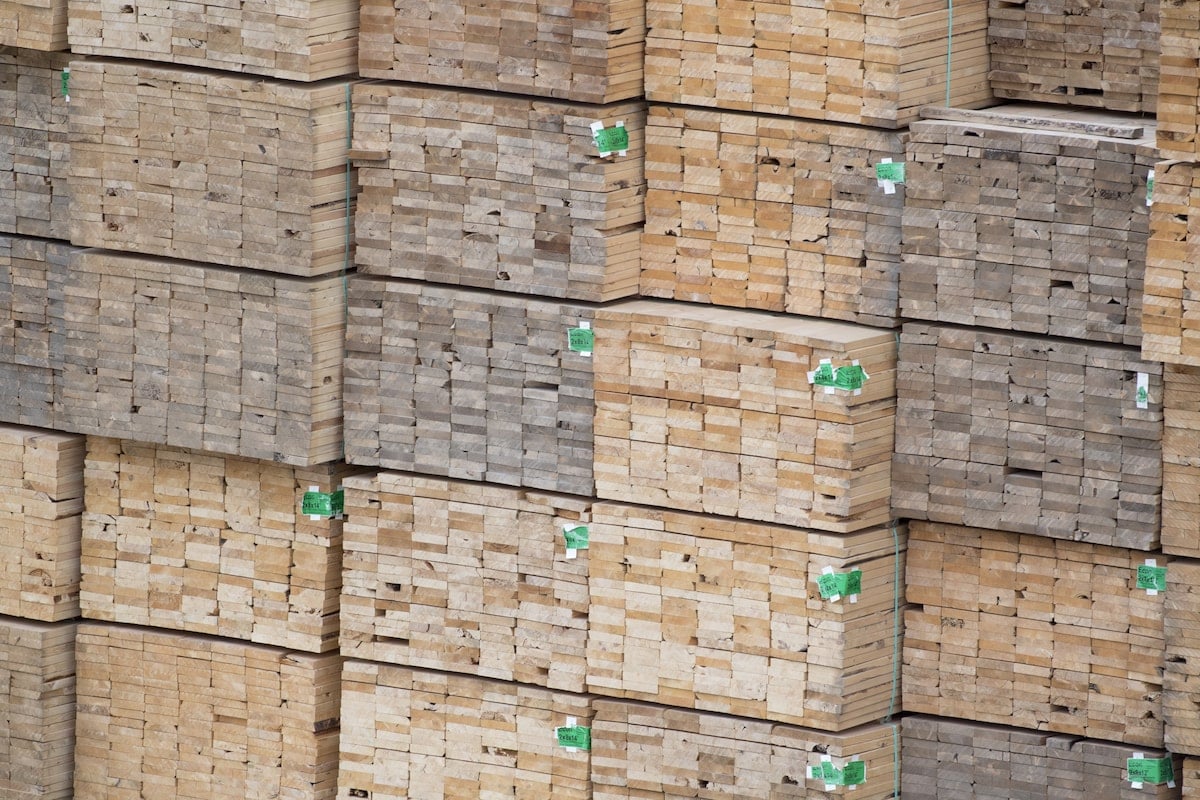The U.S. Department of Commerce plans to raise tariffs levied against Canadian softwood lumber producers, marking the latest salvo in the long-running trade dispute.
Based on the Commerce Department’s preliminary assessment, the combined countervailing and anti-dumping duty rates will be 13.86 per cent for most Canadian producers, compared with 8.05 per cent currently.



This shit has been going on since the 80s. It’s mostly bullshit instigated by US lumber companies. Available softwood lumber in the US is mainly on privately owned land, and the owners of that land want the price of lumber to be as high as possible so they can make more money. The softwood lumber companies in the US are effectively acting as an oligopoly, and they lobby US politicians for legislation in their interests.
Softwood lumber in Canada is mainly on public land, called “crown land” here in Canada. A lumber oligopoly isn’t possible in Canada because the government would never sell all of that land to a handful of lumber companies. Instead lumber producers in Canada are charged a fee for the logs they cut, that fee is set by the Canadian government, and it is less per log than what US lumber producers want to charge.
Instead of competing on price, US lumber companies lobby congress to impose softwood lumber tariffs for the umpteenth time. When the US lumber companies don’t need to compete with Canadian lumber, they can jack up their prices. When they do that the only people who benefit are the US lumber companies and the politicians they’ve lobbied. Americans pay more for lumber, Canadian lumber companies and their workers suffer.
Just gonna add a bit of info to your excellent explanation …
The reason Canadian lumber is preferred as a building material is we have shorter growing seasons, which means the growth rings are tighter so the lumber doesn’t warp as much as a lot of US lumber does.
What an odd coincidence… I’ve been following this boat-building channel on Youtube for a couple years, and they talked about wood grain in the episode posted just today. Here’s a link to the relevant timestamp in the video. I’m not a woodworking expert by any means, but if the boat people say tighter grain is better I’ma believe 'em.
Thanks for the explanation
What an endless saga. I guess they’ll need to update the wiki again as this latest chapter unfolds. Thanks for the reply.